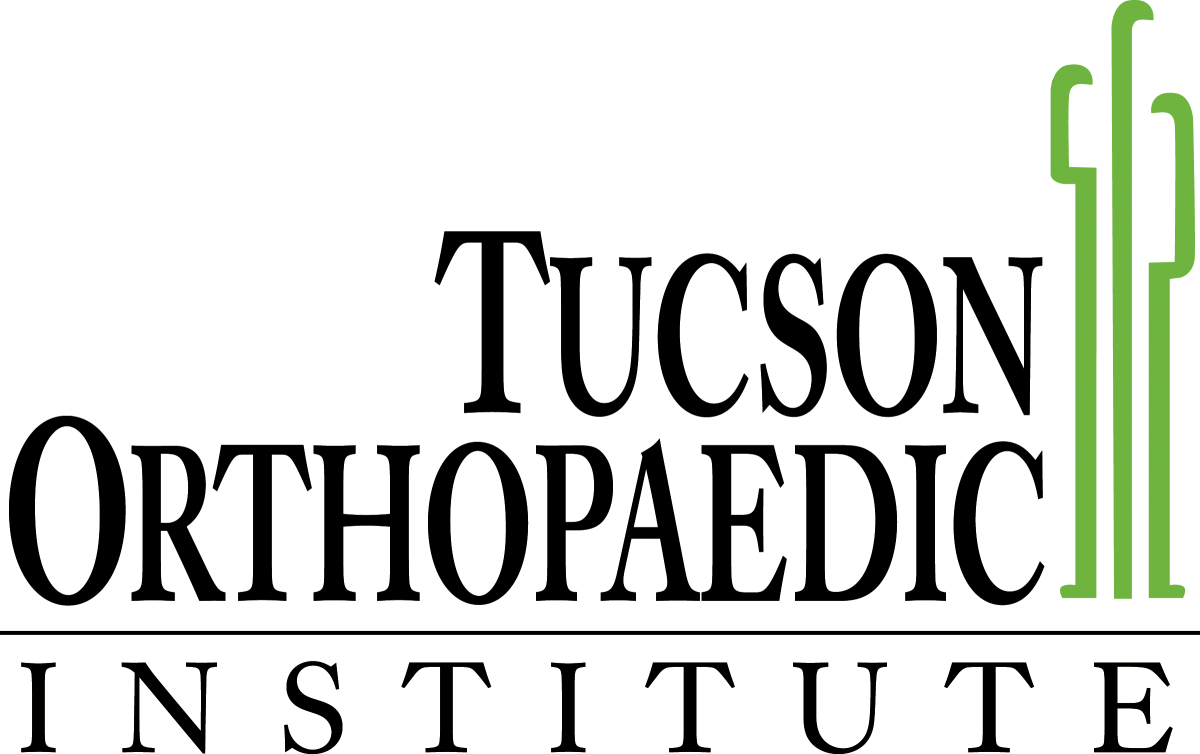What is low back pain?
The low back pain is a common complaint experienced by almost everyone at some point. The pain is felt in the lumbar region, the area that starts below the ribcage. The pain can be mild to severe and may last for days to months.
Causes
There are different possible causes of low back pain. These include lumbar strain, nerve irritation, certain conditions of the bones and joints, and lumbar radiculopathy.
Lumbar Strain
Lumbar strain is a form of stretch injury affecting the ligaments, tendons, and/or muscles of the lower back. It’s the most common cause of low back pain and may occur as a result of improper use, overuse, or trauma.
Nerve Irritation
Nerve irritation can occur as a result of impingement or mechanical pressure by bone or other tissues. It may also happen as a result of a disease that occurs anywhere along the nerve pathway – from the roots of the spinal cord to the skin surface.
Conditions of the Bones and Joints
Some of the bone and joint conditions that can cause lower back pain include scoliosis, spinal bifida, osteoarthritis, and osteoporosis.
Lumbar Radiculopathy
Lumbar radiculopathy is a condition caused by damage to the intervertebral disk. It can be a result of wear and tear, traumatic injury, or both.
Symptoms of Low Back Pain
The severity and quality of low back pain vary. It can be mild, moderate, or severe. It can be dull, achy, stabbing, or sharp type of pain, depending on the underlying cause.
Many people with low back pain find that their pain worsens with sitting, bending and lifting, standing, and walking.
The pain comes and goes and may extend to other areas such as the buttocks or the upper hip area.
Diagnosing Low Back Pain
Diagnosing low back pain involves a review of the patient’s medical history as well as a thorough physical examination. The doctor will review the patient’s injury history, other medical conditions, and symptoms felt including their duration and progression.
As part of the physical examination, the doctor may ask the patient to bend forward, backward, and side to side to determine pain and limitations in movement.
Nerve function of the lower extremities may also be checked. This involves checking of the reflexes, strength, and sensation of the knees and ankles.
To help confirm the diagnosis, the doctor may recommend additional tests such as X-rays, magnetic resonance imaging (MRI) scan, computed tomography (CT) scan, bone density test, and bone scan.
How It Is Treated
Treatment for low back pain depends largely on the underlying cause of it.
Treatment plans for low back pain fall into three different categories – medications, physical therapy, and surgery.
Medications
Aspirin, non-steroidal anti-inflammatory drugs (NSAIDs), narcotic pain medications, and steroids may be recommended to help alleviate the pain.
Physical Therapy
In many cases, medications are combined with physical therapy to provide relief to patients suffering from debilitating back pain.
Surgery
Surgery is only advised when the patient has tried the nonsurgical methods and still doesn’t find any improvement in their low back pain.
Spinal fusion and disk replacement are some of the surgical options for low back pain.
